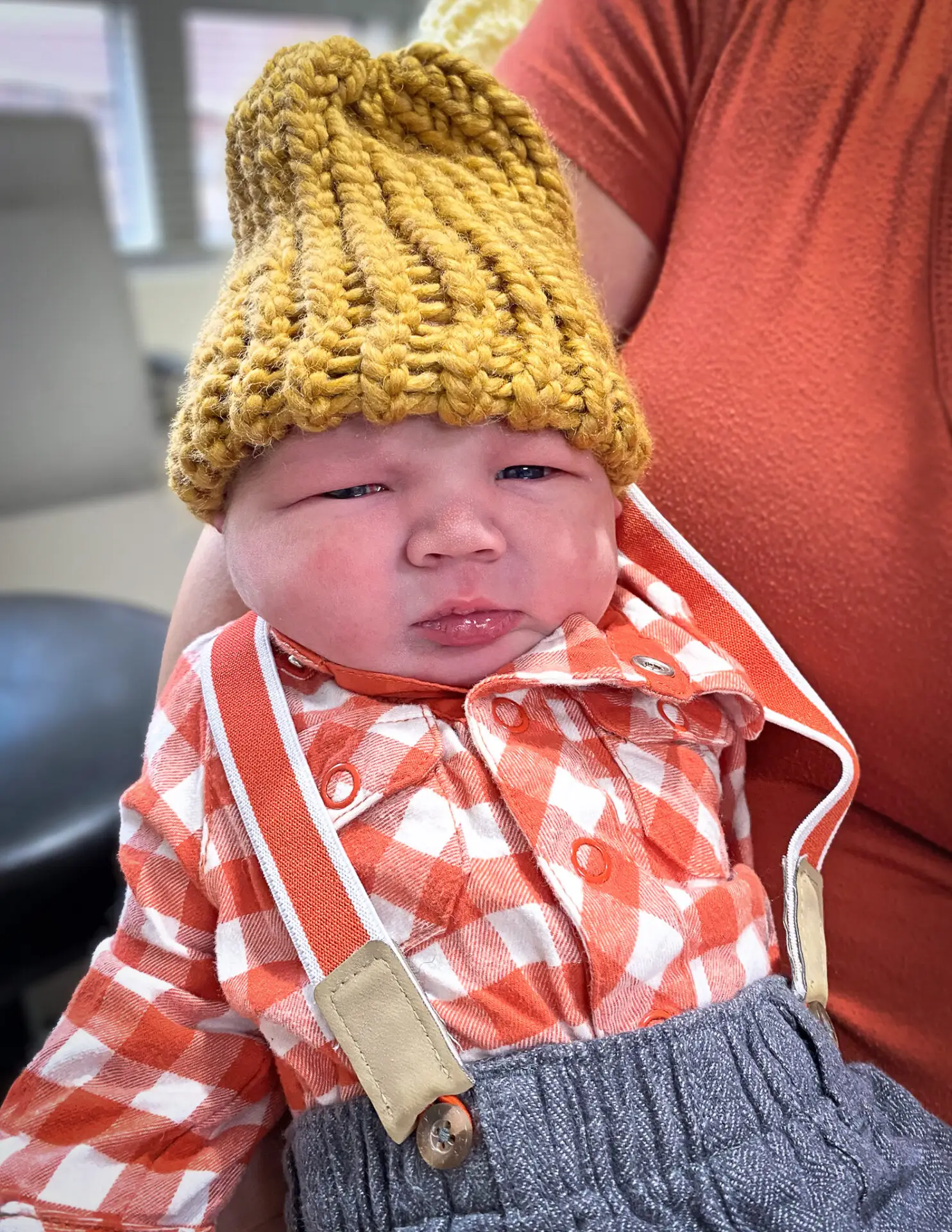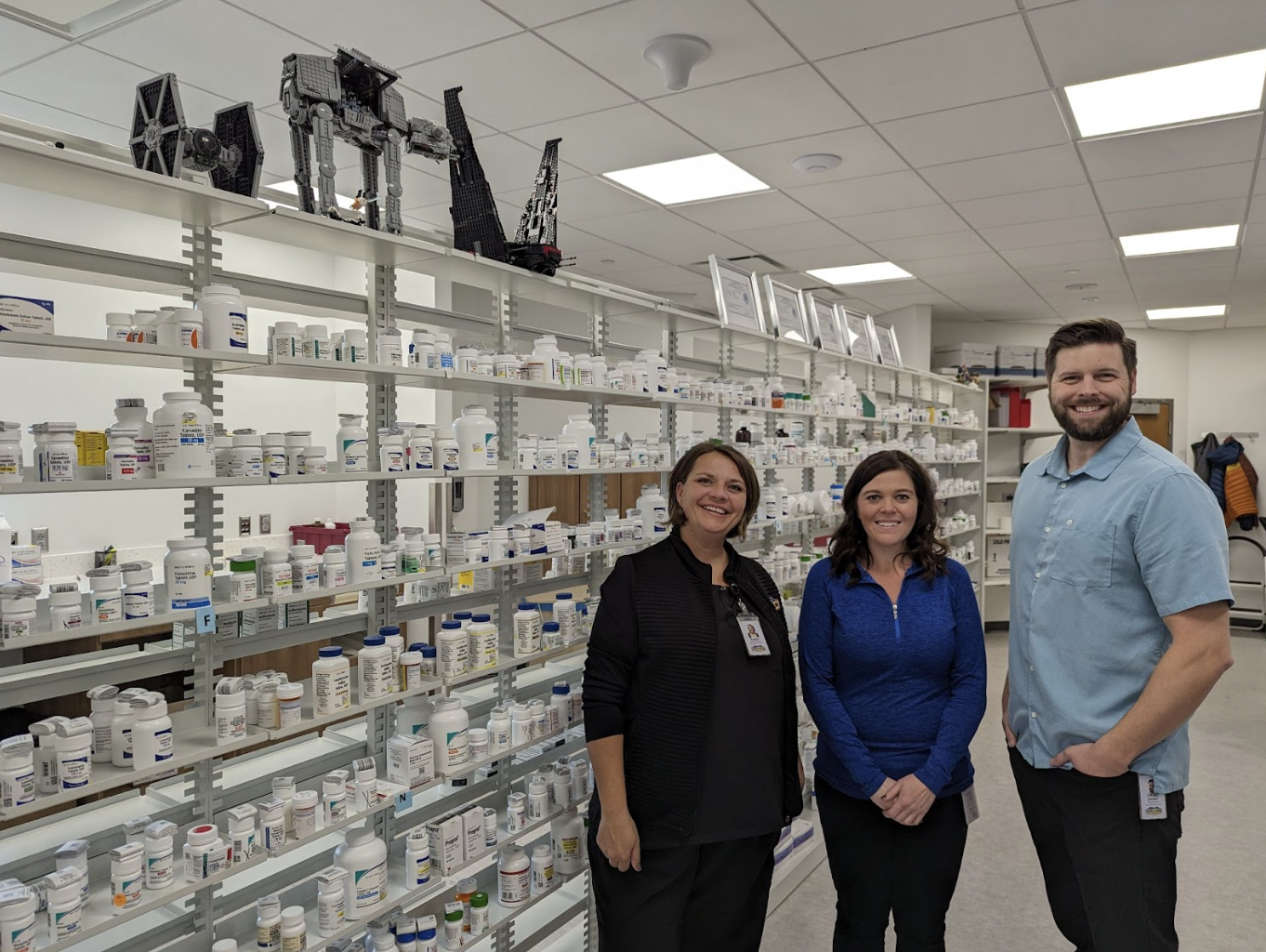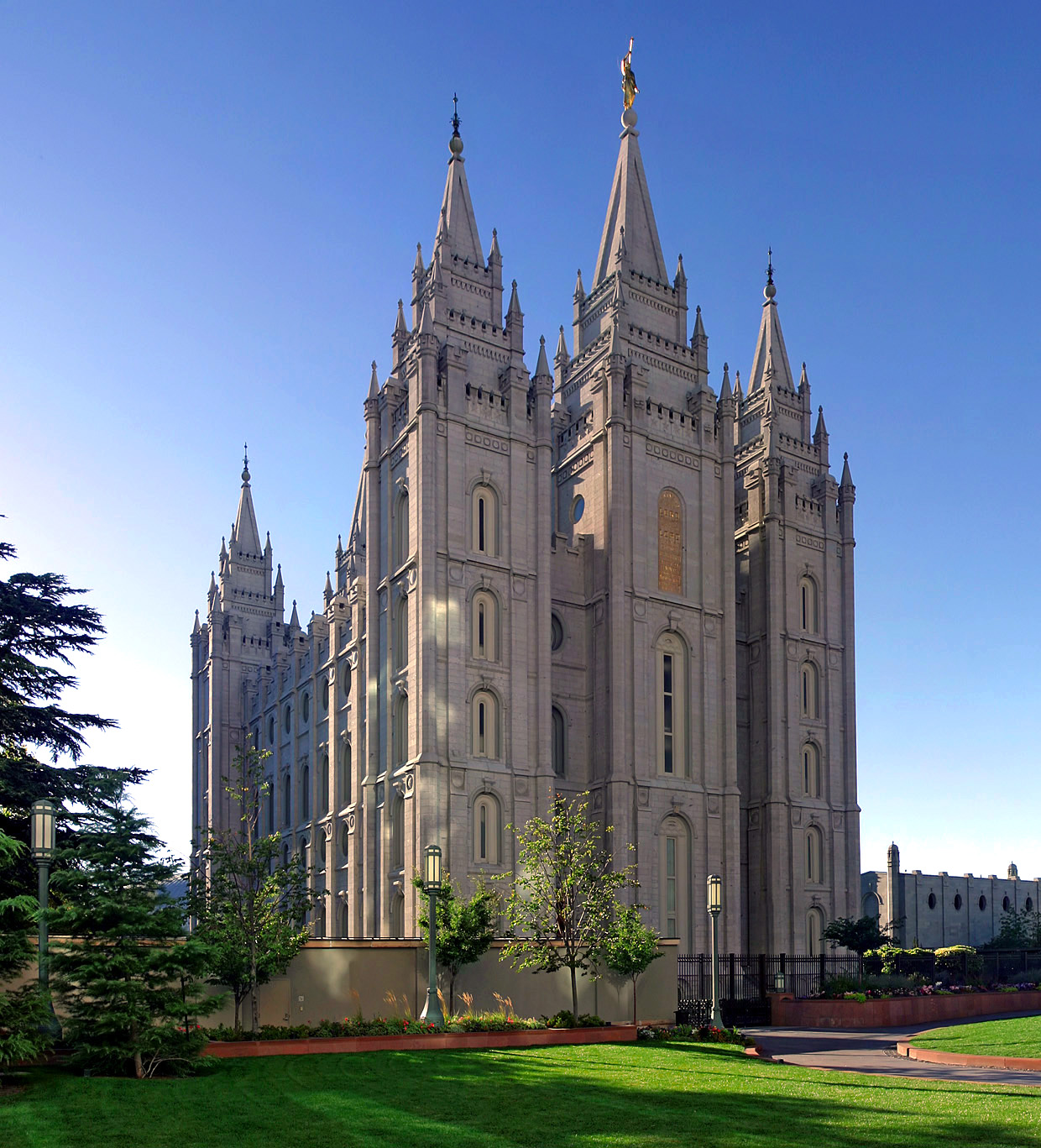Arches and Canyonlands National Parks usually draw millions of visitors to the Moab area each year—which is the very reason those parks are now closed to the public.
The Southeast Utah Group of parks, which includes Arches and Canyonlands National Parks and Natural Bridges and Hovenweep National Monuments, closed their gates to the public “in response to guidance from Southeast Utah Public Health, San Juan Public Health, and Moab Regional Hospital,” to help slow the spread of COVID-19 in the area.

Samantha Zim [Courtesy photo]
The closures mean one less attraction for out-of-town visitors to the Moab area. It’s a sad change for local residents who regularly use the parks. It’s also a big change for park staff and volunteers.
There are roughly 100 permanent staff, 50 seasonal staff members and 75 regular volunteers for the parks and monuments. Park employees and volunteers usually perform duties like maintenance, law enforcement, education, visitor assistance, collecting fees and resource protection—all important aspects of operating a national park or monument that have had to change.
“Park managers are modifying work in ways that ensure employee safety to the highest degree possible,” said Lynn McAloon, public information officer for the parks.
Each department and type of employee has had to adapt in different ways.
“There isn’t really a one-size-fits-all approach,” said Keri Nelson, supervisor of the parks’ backcountry program. She noted that seasonal employees who would normally start their jobs in early spring will instead be coming on in late May.
“There are currently no plans to reduce the number of staff or volunteers when we resume normal operations,” noted McAloon.
Some work is carrying on with modifications to comply with public health guidelines from the Centers for Disease Control. For example, staff now drive in separate vehicles to perform routine tasks to maintain physical distance and reduce the number of people sharing surfaces inside vehicles.
“We’re wearing masks, gloves, and washing hands and sanitizing workspaces as much as possible,” said Nelson, “and, where we can, we’re trying to keep rangers out of the office and either teleworking or in the field.”
An example of fieldwork for Nelson’s department is trail monitoring and maintenance. She said two of her staff members recently “tackled a lot of needed work in the White Rim area.”
Some work can be done remotely, like answering phone calls from the public and maintaining an online presence. McAloon said that park staff are creating and sharing virtual content to help people connect to their national parks from home, including wildlife webcams, virtual tours of the park, Junior Ranger activity programs and coloring pages for kids, and citizen science videos. Links to these features can be found on the parks’ websites, or on the National Park Facebook page or Twitter account.
Yet while park employees are finding ways to carry on their work, things are far from normal.
“Without visitors, our workday is very different,” said Nelson.
For her staff, the closures have meant that a lot of their time in recent weeks has been spent contacting people who had reservations for backcountry trips. The backcountry program is in charge of managing and reserving public and commercial backcountry permits; usually, that means issuing permits, assisting with trip planning, and providing important resource and safety information.
“Unfortunately, we’ve had to cancel a lot of backcountry permits,” said Nelson.
Some of those reservations would have been made months ago.
“Although they are obviously disappointed, most visitors are very understanding,” she said of people’s reactions to the news. “But still, it gets to you when you are used to communicating with enthusiastic visitors on the verge of visiting some amazing places.”
Volunteers and non-staff
Some volunteer activities are still occurring, McAloon said, but volunteer projects that would have entailed gatherings of more than 10 people or volunteers traveling to the park from other regions have been canceled.

Samantha Zim art
Samantha Zim is the 2020 Community Artist in the Park for the Southeast Utah Group. Zim was excited to be selected for the six-month artist residency which usually involves interacting with visitors in the park and sharing the creative process while making art inspired by the history or scenery of the park.
After the closures, program administrators asked Zim if she still wanted to do the program this year. She said yes.
“This is kind of an interesting prompt,” Zim said of the unexpected parameters placed on the position. “As an artist, you’re used to responding to prompts that make you act in strange ways.”
Zim will be publishing writing prompts on her website, samanthazimart.com, which can be reached via the parks’ websites, inviting people from anywhere in the world to write their responses on postcards and send them to her PO Box.
“I am pretty connected to making interacting with me a physical experience,” she said of her choice to solicit snail mail rather than accept online material. She also noted, “People tend to be a little more philosophical when they’re writing long-hand.”
She’ll reply to as many postcards as she can, and she’ll make art inspired by the postcards she receives and by landscapes like those found in the parks and monuments.
The regional artist program is unique from other parks’ artist residencies, in that the artist is always a local community member. This means that the artists usually have a very developed relationship with the area; this year, in particular, it allows the program to continue amid travel restrictions.
“Because we go local, we can be creative and come up with an alternative,” said Karen Garthwait, one of the program organizers.
An empty park
While many are drawn to the solitude and grandeur of National Parks, staff said they miss the visitors.
“We enjoy the jobs we do, hosting visitors and connecting them to these amazing places,” said Nelson.
She said that experiencing springtime in the park without visitors feels “surreal.”
“We are accustomed to this time of the year being incredibly busy,” said Nelson. “We prepare all year both physically and mentally. Having a complete 180-degree flip is quite a shock.”
That shock has also, she reported, resulted in some frustration and anxiety. But park staff are also eager to continue serving visitors when the parks do re-open.
“We love our jobs and helping people connect to the resource is just really special,” Nelson said. “We look forward to the day when we can welcome them back.”



